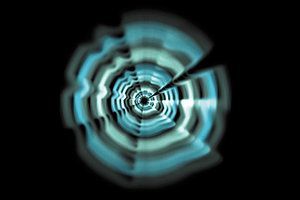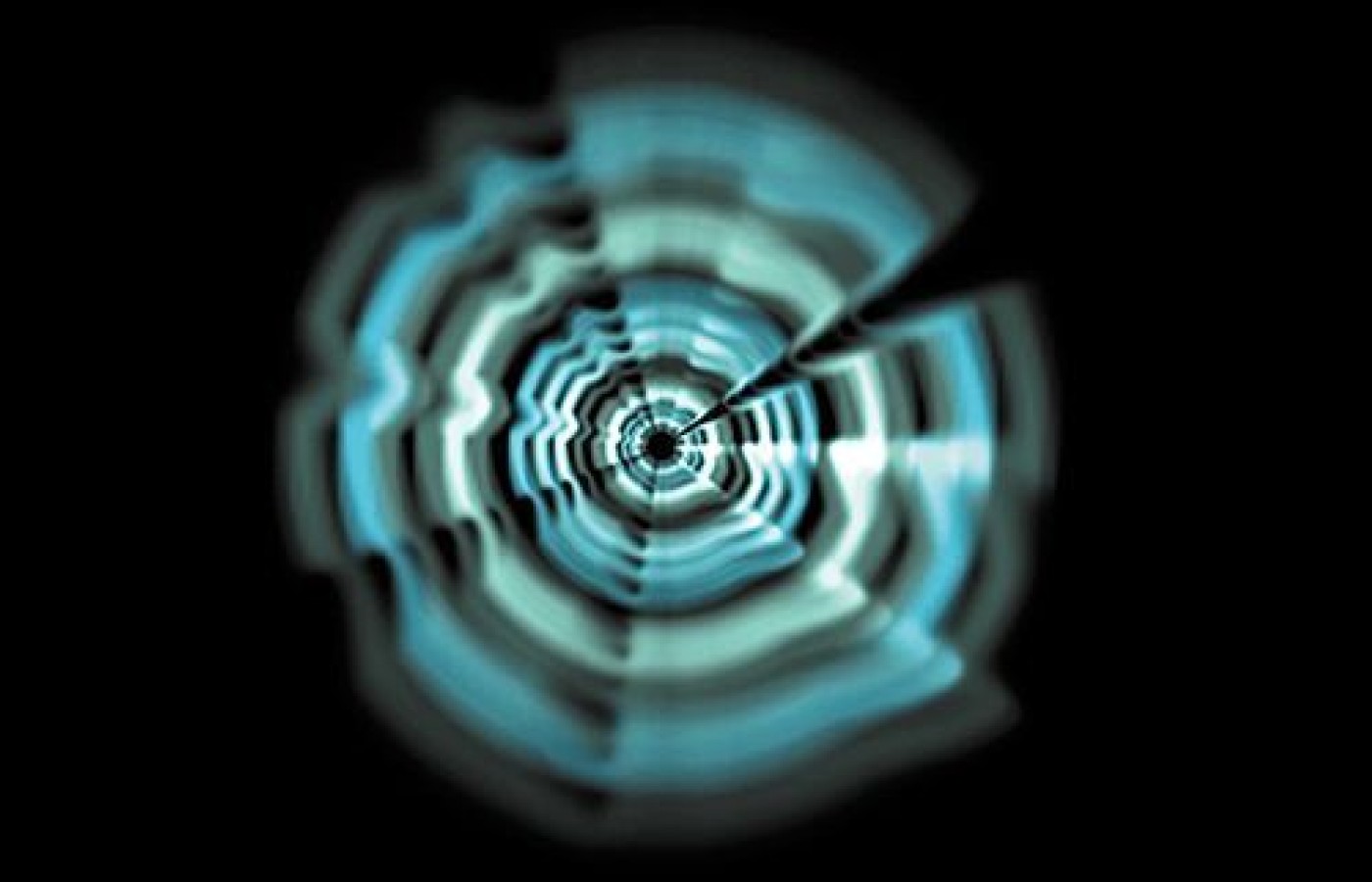New York's highest court of appeals has held that no-fault insurers cannot deny no-fault benefits where they unilaterally determine that a provider has committed misconduct based upon alleged fraudulent conduct. The Court held that this authority belongs solely to state regulators, specifically New York's Board of Regents, which oversees professional licensing and discipline. This follows a similar recent ruling in Florida reported in this publication.
Understanding Radial Shockwave Therapy or Radial Pulse Therapy
I have an experiential practice in which I explore ways to affect disease through chiropractic touch, movement, nutrition, thinking and technology. I recognize that people with chronic musculoskeletal pain have chronic patterns formed in their past from old injuries, repetitive microtrauma and/or poor postures.
I look for ways to help patients reconnect with the parts of the body that have disconnected. I embrace new equipment and technology for the office, knowing that it takes money to purchase, time to research and energy to learn new techniques and procedures.
At every stage of my development as a doctor of chiropractic, I am always willing to learn new techniques and methods. Those involved in using new and unfamiliar "cutting-edge" equipment enjoy the excitement, vitality and rewards that the willingness to learn new techniques brings, particularly in terms of patient care.
The Concept

Over the past 10 years, I have seen an increase in chronic tendinopathies (tendinosis) in my practice. With the goal of providing these difficult and chronic patients pain relief, in addition to providing manipulation/mobilization, I look for the tools needed to help unlock the potential that exists in every client. This led me to using radial pulse therapy (RPT), also known as radial shockwave therapy (RSWT), in my practice. RPT uses a low to medium impulse and should not be confused with high-energy-focused extracorporeal shockwave therapy (ESWT), which requires anesthesia.
Shockwave therapy does not apply electric shocks. The RPT I use in my practice is applied by holding a lightweight hand-piece against the skin that (houses electromagnets, instead of a compressor, to accelerate a projectile inside the hand-piece that hits an applicator tip) creates a unique radial wave that penetrates into the surrounding target tissue. The energy is spread over a large surface area. You can control the intensity of the treatment with variable hertz (symbol Hz) or frequency from one to 16 cycles per second that delivers an impulse from 60 to 185 millijoules.
I appreciate having a device with variable mixtures of frequency and intensity that the patient can feel from "slow to fast" and "light to hard." The device has three types of applicator heads (various diameters and geometry). One is a flat surface, the second is a medium size surface and the third is small "nipple"-tipped applicator.
During the treatment, the shockwaves propagate radially from the handpiece (transmission point). I can easily move the handpiece around into the target tissue. The waves penetrate approximately 35-40 mm. With one hand holding the applicator, my free hand feels the surrounding treatment area, allowing me to know where to guide the directions of the radial shockwaves.
What RPT Feels Like
Like the majority of our treatments, the initial minute or two stimulates chemicals that release natural pain-killers. The RPT system I have used offers versatility to create a "light" sensation to an "intense" treatment that feels like a traveling wave or oscillation with pressure. I usually begin a session by staying on an area for about a minute or two at a lower setting (60-90 millijoules). This allows the brain and the body to deal with the treatment sensation (information) from the device and allows me to lead into using higher (120-185 millijoule) settings. The patient will feel a "thumping" and oscillation sensation that creates the effective therapeutic action. In a typical session, the doctor delivers 2,000 -3,000 shockwaves and this takes only approximately 10 minutes. The device actually counts the number of waves per session.
The Reaction
The reaction of the area being treated is obvious. The skin will turn red and feel warm from increasing localized circulation. Post-assessment soft-tissue palpation and range-of-motion restrictions usually improve. Comments from patients who have tried other types of modalities or treatments including chiropractic, acupuncture, physical therapy, medications, etc., regarding their condition for pain relief have been positive.
In the literature, therapeutic outcomes for soft-tissue conditions using RSWT range, on average, from good to very good in 70 percent of the cases. (See resources at end of article.) In my experience, I also find this to be the case.
I have been using the device on patients with previous treatment (laser, acupuncture, injections, IASTM, manipulation, physical therapy) who still knew further results were possible. Additionally, in the literature, the highest incidences of positive results were achieved at the low to moderate energy levels and frequencies of approximately 10Hz. Based on that finding, I have mostly treated in the 10 Hz range.
Advantages of RPT
After several years of using warm laser in my practice, I was particularly interested in adding new technology to work locally with pain syndromes such as tendinopathy. Chronic and difficult cases of plantar fasciitis, rotator-cuff tendinopathy, Achilles tendinopathy, patellar tendinopathy and tennis elbow are some of the common conditions to treat using this technology.
After making a proper diagnosis, the way I integrate the RPT into my practice is to first palpate and scan the tendons and muscles with my hands, feeling for dense fibers, taut fibers, "tender" fibers, scars, adhesions, contractures, thickenings, etc. I feel for swollen areas, inflammation, "sticky" spots, twitch responses, etc.
Once these areas are marked, I assess range of motion at the local joint so I can reassess after the treatment. RSWT / RPT decreases soft-tissue resistance, yet creates an inflammatory response that re-stimulates the healing response in chronic soft-tissue lesions. It seems to change the nociceptor information within the nervous system.
I continue to explain to patients that I expect some post-treatment soreness for a day or two or three after a session, but the response from patients tends more toward an analgesic effect. For some cases, I blend manual therapy and other modalities. The recommended treatment schedule is to do it once every four to five days for a series of five sessions and re-evaluate. I like that I can combine RPT with other treatments or use it as a stand-alone treatment.
After six months of continuous use of radial shockwave therapy in my practice, I've noticed that after a series of treatments, there is improved change in soft-tissue compliance, improved functional range of motion, strength, innervation, and vascularity, and decreased perception of pain. If you are looking at new technology and want to treat difficult tendinopathy cases, use of RPT coupled with exercise rehabilitation programs will allow you to meet the demands of the these patients. From my point of view in clinical observation, the efficacy of RPT is clear for improving pain and function in patients with rotator-cuff tendinopathy, Achilles tendinopathy, patellar tendinopathy and tennis elbow.
Resources
- Chang KV, Chen SY, Chen WS, Tu YK, Chien KL. Comparative effectiveness of focused shock wave therapy of different intensity levels and radial shock wave therapy for treating plantar fasciitis: a systematic review and network meta-analysis. Arch Phys Med Rehabil, 2012;93:1259-68.
- Joseph MF, Taft K, Moskwa M, Denegar CR. Deep friction massage to treat tendinopathy: a systematic review of a classic treatment in the face of a new paradigm of understanding. J Sport Rehabil, 2012;21:343-53.
- Wiel LS. What you should know about shockwave therapy. Podiatry Today, 2004;17:60-66.
- Wang CJ. Extracorporeal shockwave therapy in musculoskeletal disorders. J Orthop Surg Res, 2012;7:1-8.
- Gerdesmeyer L, Frey C, Vester J, et al. Radial extracorporeal shock wave therapy is safe and effective in the treatment of chronic recalcitrant plantar fasciitis: results of a confirmatory randomized placebo controlled multicenter study. Am J Sports Med, 2008;36:2100-9.
- Lohrer H, Nauck T, Dorn-Lange NV, et al. Comparison of radial versus focused extracorporeal shock waves in plantar fasciitis using functional measures. Foot Ankle Int, 2010;31:1-9.
- Peers KH, Lysens RJ, Brys P. Bellemans J. Cross-sectional outcome analysis of athletes with chronic patellar tendinopathy treated surgically and by extracorporeal shock wave therapy. Clin J Sports Med, 2003;13:79-83.
- Zwerver J, Verhagen E, Hartgens F, et al. The TOPGAME-study; effectiveness of extracorporeal shockwave therapy in jumping athletes with patellar tendinopathy. BMC Musculoskelet Disord, 2010;11:28-33.
- Rasmussen S, Christensen M, Mathiesen I, Simonson O. Shockwave therapy for chronic Achilles tendinopathy: a double-blind, randomized trial of efficacy. Acta Orthop, 2008;79:249-56.
- Wang CJ, Huang HY, Pai CH. Shock wave enhanced neovascularization at bonetendon junction: a study in a dog model. J Foot Ankle Surg, 2002;41:16-22.
- Rompe JD, Maffulli N. Repetitive shock wave therapy for lateral elbow tendinopathy (tennis elbow): a systematic and qualitative analysis. British Medical Bulletin, 2007;83:355-378.
- Damian M, Zalpour C. Trigger point treatment with radial shock waves in musicians with nonspecific shoulder-neck pain: data from a special physio outpatient clinic for musicians. Med Probl Perform Art, 2011;26:211-7.
- Magnusson SP, Langberg H, Kjaer M. The pathogenesis of tendinopathy: balancing the response to loading. Nat Rev Rheumatol, 2010;6:262–8.



